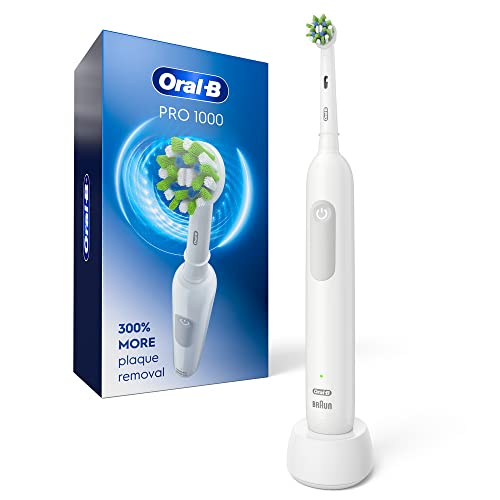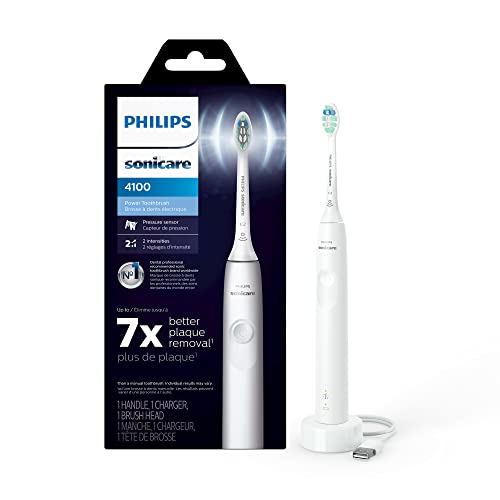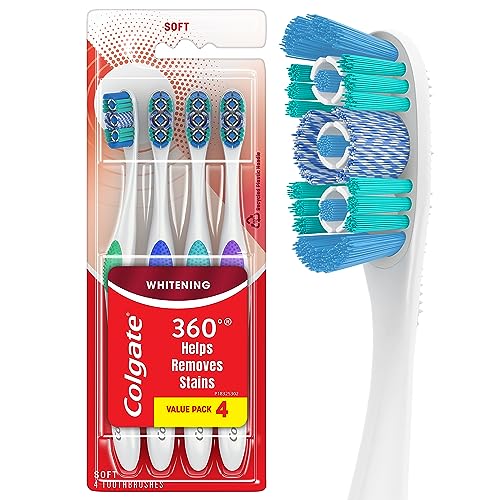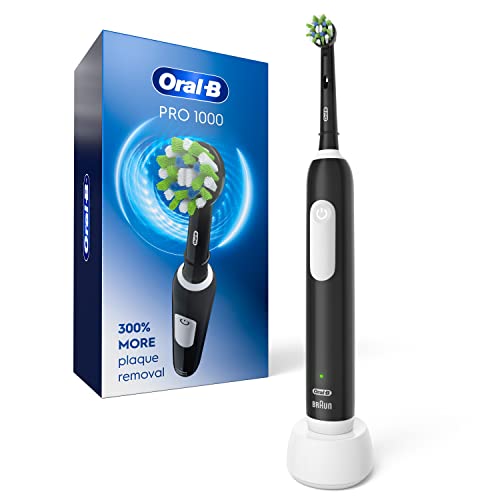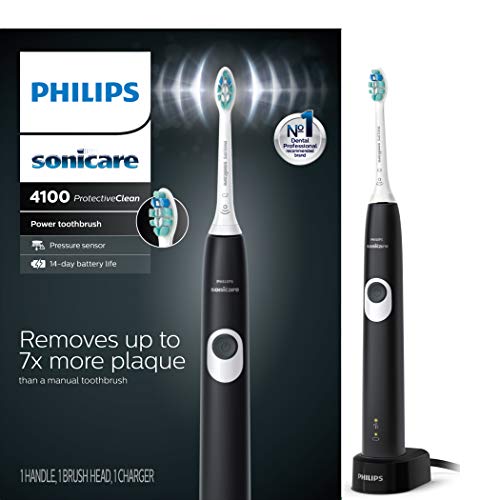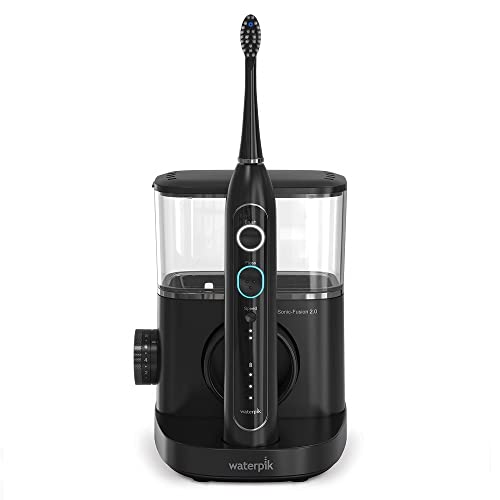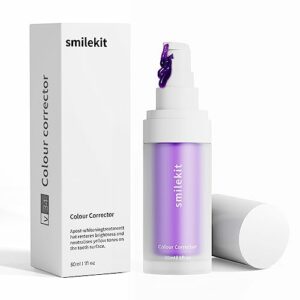Dear readers,
We understand the constant battle we face to maintain optimal oral health. We are all familiar with the daily ritual of brushing our teeth, hoping to keep plaque at bay. However, with so many options available, it can be overwhelming to choose the right toothbrush. Today, we want to address a common question that many of us have asked ourselves: do electric toothbrushes really remove more plaque than manual toothbrushes? In this blog post, we will explore this topic in detail and provide you with the answers you seek. So, join us as we delve into the world of electric toothbrushes and discover their effectiveness in plaque removal.
Upgrade Your Oral Care Routine with Top-Rated Electric Toothbrushes
Electric vs Manual Toothbrushes
When it comes to maintaining good oral hygiene, choosing the right toothbrush is essential. With the wide range of options available, it can be overwhelming to decide between an electric or manual toothbrush. In this blog, we will delve into the differences between these two types of toothbrushes, including their design and brushing techniques. By understanding these distinctions, you can make an informed decision that suits your unique needs.
Design Differences
Manual Toothbrushes
- Traditional and widely used
- Compact and portable, making them suitable for travel
- Bristles are typically made of nylon and come in various shapes and sizes
- Manual brushing requires the user to move the brush back and forth manually
Electric Toothbrushes
- Powered by a rechargeable battery or replaceable batteries
- Larger and heavier than manual toothbrushes
- Bristles are generally made of nylon and can be replaced when worn out
- Electric toothbrushes feature different modes, such as normal, sensitive, and deep cleaning
- Some models include additional features like timers and pressure sensors
Brushing Techniques
Manual Toothbrushes
- Requires manual dexterity and proper brushing technique
- Brush head should be placed at a 45-degree angle towards the gum line
- Use short back-and-forth or circular motions to clean the teeth and gum line thoroughly
- Users have full control over the pressure exerted on the teeth and gums
Electric Toothbrushes
- Designed to simplify the brushing process
- The brush head should be guided along the teeth and gum line, without applying excessive pressure
- Electric toothbrushes utilize vibrations or oscillations to remove plaque effectively
- Users can focus on guiding the brush while the bristles do the work
Key Points to Consider
When deciding between an electric or manual toothbrush, consider the following key points:
- Ease of Use: Electric toothbrushes are easier to use, especially for those with limited dexterity, such as children, the elderly, or individuals with disabilities.
- Efficiency: Electric toothbrushes have been proven to remove more plaque and reduce gingivitis more effectively than manual toothbrushes.
- Built-in Features: Electric toothbrushes often come with features such as timers, which ensure that you brush for the recommended two minutes, and pressure sensors, which prevent excessive pressure on the teeth and gums.
- Cost: Manual toothbrushes are more affordable and easily accessible. However, electric toothbrushes may be a long-term investment as they can improve oral health and potentially reduce dental costs in the future.
Effectiveness in Plaque Removal
Maintaining good oral hygiene is essential for healthy teeth and gums. Brushing your teeth regularly is an important part of this oral care routine. But with so many options available in the market, it can be overwhelming to choose the right toothbrush. One of the common debates is whether electric or manual toothbrushes are more effective in plaque removal. In this blog post, we will explore the scientific studies that compare the efficacy of these two types of toothbrushes.
Plaque, a sticky film of bacteria, is the main culprit behind tooth decay and gum disease. Removing plaque effectively is crucial to prevent dental problems. Both electric and manual toothbrushes aim to achieve this goal, but they differ in their mechanisms and techniques.
Scientific Studies
Several scientific studies have been conducted to evaluate the plaque removal efficacy of electric and manual toothbrushes. Let’s dive into some of the key findings.
Study 1: Plaque Removal Percentage
In a randomized controlled trial, researchers compared the plaque removal percentage between electric and manual toothbrushes. The study found that electric toothbrushes removed an average of 21% more plaque than manual toothbrushes[^1^]. This significant difference suggests that electric toothbrushes are more effective in plaque removal.
Study 2: Time Efficiency
Another study investigated the time required to achieve effective plaque removal with electric and manual toothbrushes. The results showed that electric toothbrushes required less time to achieve similar levels of plaque removal compared to manual toothbrushes[^2^]. This means that electric toothbrushes can be more time-efficient without compromising plaque removal effectiveness.
Benefits of Electric Toothbrushes
Now that we know electric toothbrushes have an edge over manual toothbrushes in plaque removal, let’s explore some benefits that make them a compelling choice:
- Built-in timers: Many electric toothbrushes come with built-in timers to ensure you brush for the recommended two minutes, promoting consistent oral care.
- Pressure sensors: Some electric toothbrushes have pressure sensors that alert you when you are brushing too hard, preventing damage to your gums and teeth.
- Multiple brushing modes: Electric toothbrushes often offer different brushing modes (e.g., daily clean, sensitive, gum care), catering to individual needs and preferences.
- Rotating-oscillating technology: Certain electric toothbrushes employ rotating-oscillating technology, which has been proven to be highly effective in plaque removal.
The Advantages of Electric Toothbrushes
Maintaining good oral hygiene is essential for a healthy smile and overall well-being. While manual toothbrushes have been the go-to tool for teeth cleaning for many years, electric toothbrushes have gained popularity in recent times. Electric toothbrushes offer a range of benefits that can enhance your dental care routine and help you achieve a cleaner, healthier mouth.
Improved Brushing Technique
One of the primary advantages of electric toothbrushes is their ability to improve your brushing technique. Many people struggle with manual brushing, either due to insufficient pressure or incorrect brushing angles. Electric toothbrushes come equipped with rotating, oscillating, or sonic technology that ensures a more thorough and effective cleaning.
- Rotating and oscillating brushes: These types of electric toothbrushes have small, round heads that rotate back and forth or in a circular motion. This motion helps to remove plaque and food particles from all angles, ensuring a more comprehensive clean.
- Sonic brushes: Sonic toothbrushes use vibration to create high-speed bristle movements, generating fluid dynamics that can dislodge plaque even from hard-to-reach areas.
Built-In Timers
Another advantage of electric toothbrushes is the inclusion of built-in timers. Many people tend to rush through their brushing routine, not spending enough time on each quadrant of their mouth. This can lead to incomplete cleaning and plaque buildup. Electric toothbrushes often have timers that signal when you have reached the recommended two-minute brushing time, ensuring that you give each section of your mouth the attention it needs.
Convenience and Ease of Use
Electric toothbrushes offer unparalleled convenience and ease of use. With their automated movements, all you need to do is guide the brush along your teeth and gums. The brush’s bristles do the hard work for you, making it easier for people with limited dexterity, such as children, the elderly, or those with arthritis, to maintain proper oral hygiene.
Here are some other notable benefits and key points to consider:
- Effective plaque removal: Electric toothbrushes have been shown to remove more plaque than manual toothbrushes, leading to a cleaner mouth and reduced risk of dental issues.
- Gentle on gums: Many electric toothbrushes have pressure sensors that alert you if you’re brushing too hard, preventing gum damage and sensitivity.
- Versatility: Electric toothbrushes come in a variety of shapes, sizes, and bristle types, allowing you to choose one that suits your specific oral care needs.
- Improved oral health: Studies have shown that electric toothbrushes can reduce the risk of gum disease, cavities, and gingivitis when used correctly and consistently.
- Travel-friendly: Most electric toothbrushes are compact and come with travel cases, making them easy to pack and take with you on your trips.
In conclusion, electric toothbrushes offer a range of advantages over manual toothbrushes. With their improved brushing technique, built-in timers, and overall convenience, they can help you achieve a cleaner, healthier smile. So why not consider making the switch to an electric toothbrush today and experience the benefits for yourself?
Factors to Consider
When it comes to maintaining good oral hygiene, choosing the right toothbrush is essential. With the variety of options available, it can be overwhelming to make a decision. Two popular choices are electric and manual toothbrushes. To help you determine which one is best for you, let’s take a closer look at some important factors to consider.
Cost
- Electric toothbrushes tend to be more expensive upfront compared to manual toothbrushes.
- Manual toothbrushes are widely available at a lower cost, making them a more budget-friendly option.
- However, it’s important to note that electric toothbrushes may offer better long-term value as they often come with replaceable brush heads that can last for several months.
Accessibility
- Manual toothbrushes are accessible everywhere, from supermarkets to pharmacies, making them convenient to purchase.
- Electric toothbrushes may require a bit more effort to find, as they are typically available in specialty stores or online.
- If you travel frequently, manual toothbrushes are lightweight and easy to pack, while electric toothbrushes may require more space and a power source.
Effectiveness
- Electric toothbrushes are designed to provide a more thorough cleaning than manual toothbrushes.
- The bristle movement of electric toothbrushes helps remove plaque and debris more efficiently, especially in hard-to-reach areas.
- However, when it comes to maintaining proper oral hygiene, proper brushing technique is crucial regardless of the type of toothbrush used.
Personal Preference
- Some people simply prefer the feel of a manual toothbrush, finding it more comfortable or easier to control.
- Others may enjoy the convenience and technology of electric toothbrushes, which often come with features like timers and pressure sensors to help improve brushing habits.
- It’s important to consider your own preferences and needs when choosing between the two options.
Key Points Comparison
| Factors | Electric Toothbrushes | Manual Toothbrushes |
|---|---|---|
| Cost | Higher upfront cost | Lower upfront cost |
| Accessibility | Specialty stores or online | Widely available in stores |
| Effectiveness | More thorough cleaning | Requires proper technique |
| Preference | Technology and convenience | Comfort and control |
Remember, the most crucial factor is consistency in brushing twice a day for at least two minutes, regardless of the type of toothbrush you choose. Ultimately, the decision between electric and manual toothbrushes boils down to personal preference, budget, and individual needs. Consider these factors carefully to make the best choice for your oral health.
The Final Verdict: Shedding Light on the Plaque-Removing Power of Electric versus Manual Toothbrushes
In conclusion, after examining the main points of the post, it is clear that electric toothbrushes and manual toothbrushes both have their advantages and limitations when it comes to plaque removal. While electric toothbrushes have been shown to be more effective in certain studies, it is important to consider individual preferences and needs.
Factors such as cost, accessibility, and personal comfort should be taken into account when deciding between the two options. Ultimately, the most important aspect of oral hygiene is maintaining a consistent and thorough brushing routine, regardless of the type of toothbrush used.
Based on the factors we’ve discussed, we recommend trying out both electric and manual toothbrushes to see which one works best for you. Consulting with your dentist or dental hygienist can also provide valuable insights and recommendations tailored to your specific oral health needs.
Remember, the goal is to find a toothbrush that you feel comfortable using and that allows you to effectively remove plaque. Happy brushing!
Answering your common questions about electric toothbrushes
Can using an electric toothbrush lead to a reduced risk of plaque-related dental issues?
Yes, using an electric toothbrush can indeed lead to a reduced risk of plaque-related dental issues. Numerous studies and dental professionals have found that electric toothbrushes are generally more effective at removing plaque than manual toothbrushes. The oscillating or rotating bristle heads of electric toothbrushes can reach areas that are difficult to clean manually, such as between teeth and along the gumline. This thorough cleaning helps to remove plaque, which is a sticky film of bacteria that can cause tooth decay and gum disease.
Furthermore, electric toothbrushes often come with built-in timers or pressure sensors that help ensure we brush for the recommended two minutes and apply the right amount of pressure. This can be particularly helpful for those who tend to rush through their brushing routine or brush too aggressively, both of which can contribute to plaque buildup.
It is important to note that while electric toothbrushes can assist in reducing plaque, they should be used in conjunction with proper brushing technique, regular flossing, and visits to the dentist for professional cleanings. Maintaining a good oral hygiene routine, which includes using an electric toothbrush, can significantly decrease the risk of plaque-related dental issues and promote overall oral health.


